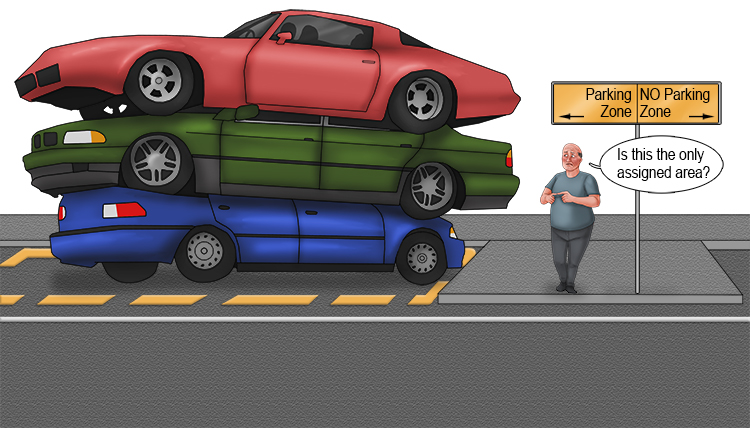Target Zone – The specific range of intensity level that an athlete aims to reach and maintain during aerobic training
(Note: aerobic means with oxygen).
We know what a target is. It's the aim or the selected zone of heart beats per minute (BPM), you should exercise at.

But what is a heart rate zone?
Zone = divide into assigned bands or areas.

The target zone can include different parameters, such as heart beat rate, oxygen consumption, or power output. Maintaining a target zone can help optimise the effectiveness of the workout, but it is important to note that the target zone will vary depending on the individual's goals and current fitness level.
Below is an example of a target zone guide created by a running coach.

Marathon runners focusing on keeping a steady pace for miles train 1 to 2 zone, but occasionally will go to zone 4 for speed or interval training.
5k runners will spend more time training in zones 3 to 4.
Elite sprinters focus more of their training in zones 4 to 5.
Zone 1 can be used for warm ups and recovery.
These target heart rate zones can be created by professional coaches for any field such as cycling, swimming or rowing.
Note
When is the heart rate too high?
One study of recreational hockey players found that those who continuously exceed their target and reach maximum heart rates while playing had poor rates of recovery after exercise. They also risked cardiac events such as discomfort, arrythmias or chest pain.
This shows why care should be taken when exercising close or at maximal heart rate.




